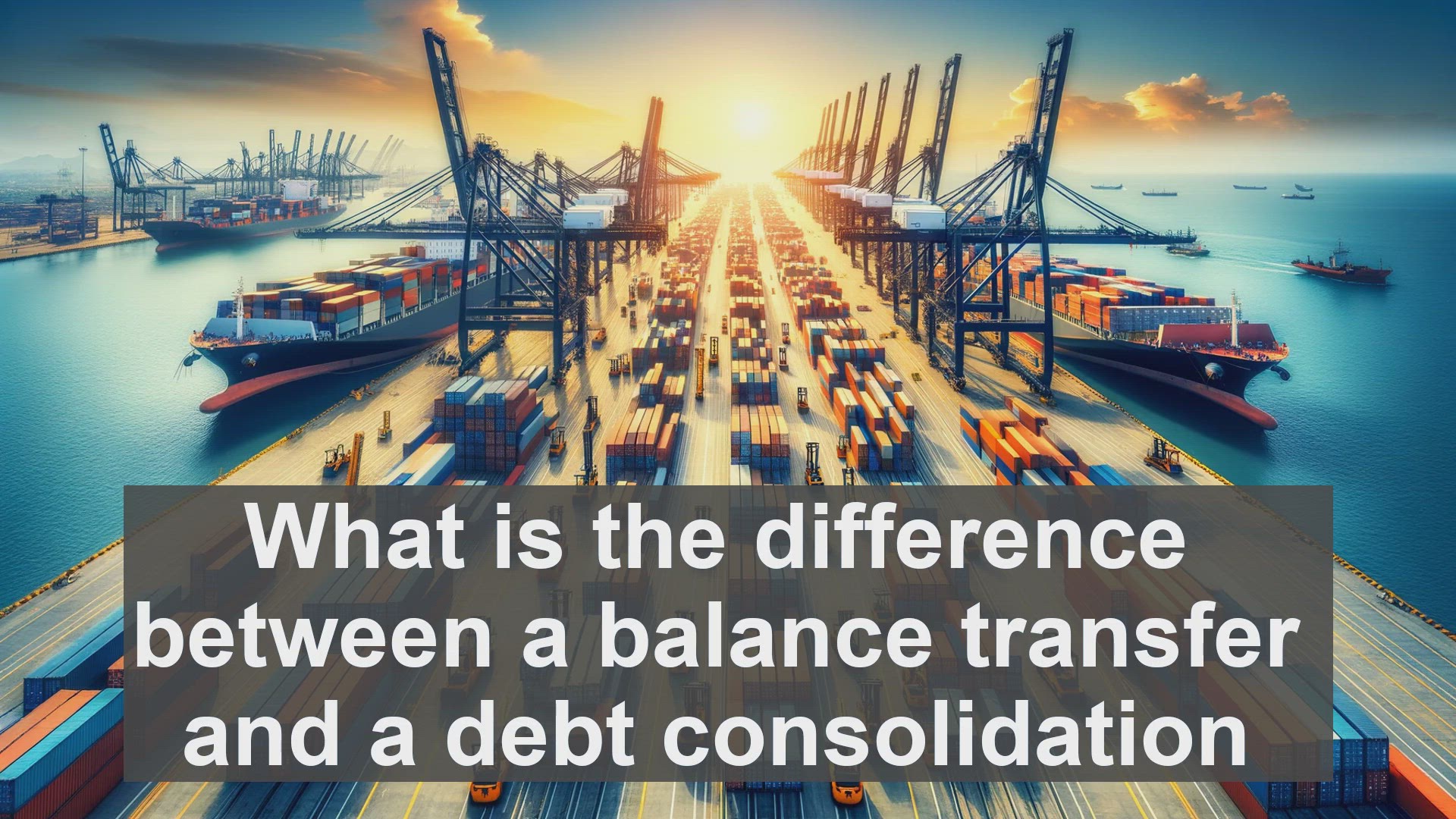
What is the difference between a balance transfer and a debt consolidation
What is the difference between a balance transfer and a debt consolidation Introduction: Navigating the World of Debt Management Hello everyone, and welcome to our video on the difference between balance transfers and debt consolidation. When it comes t
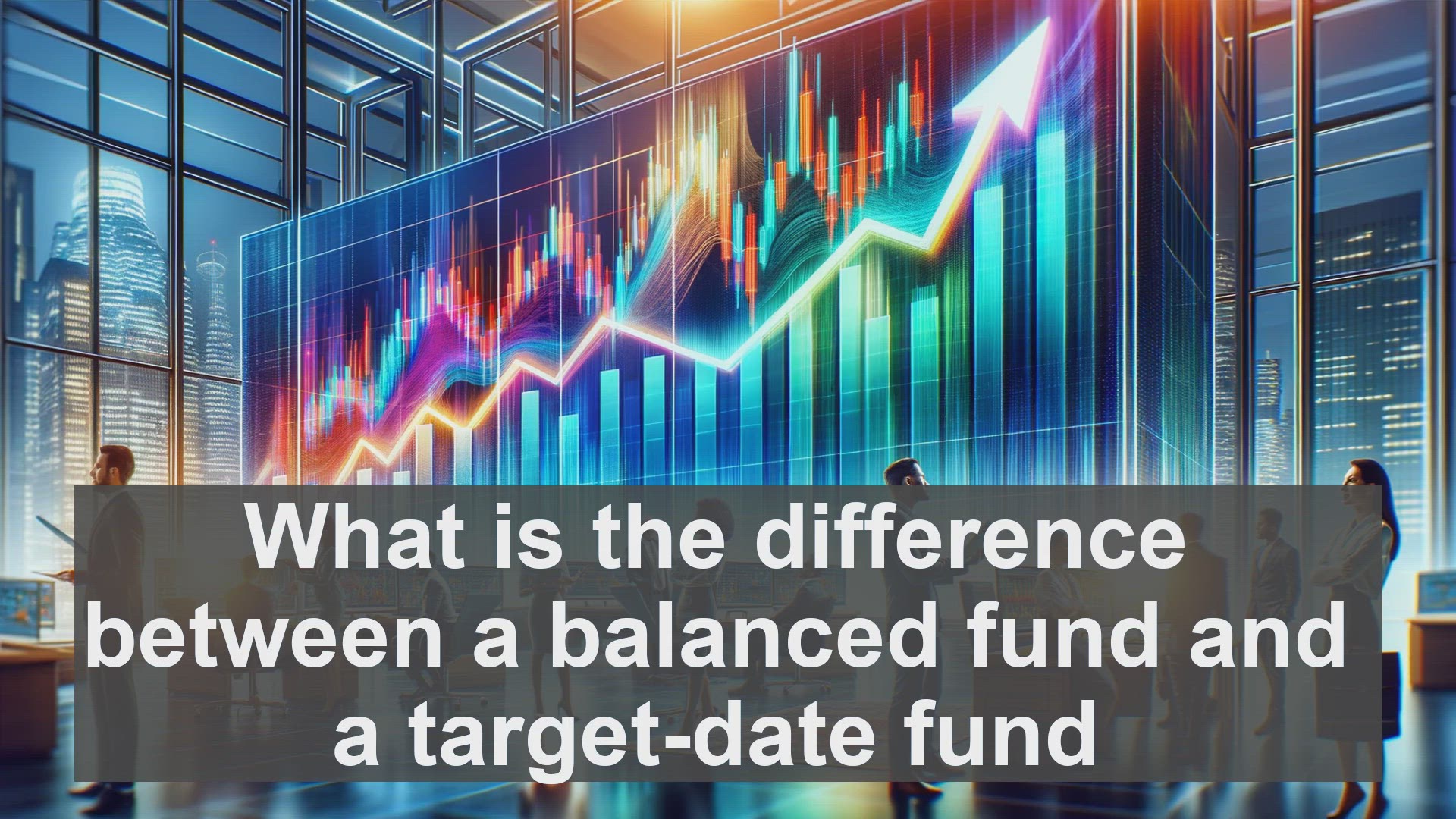
What is the difference between a balanced fund and a target-date fund?
What is the difference between a balanced fund and a target-date fund Introduction: The World of Investment Funds Hello everyone, and welcome to our video on the difference between balanced funds and target-date funds. When it comes to investing, there'

What is the difference between a bank draft and a demand draft?
What is the difference between a bank draft and a demand draft Introduction: The World of Drafts Hello everyone, and welcome to today's video. When it comes to financial transactions, drafts play a crucial role. They provide a secure and convenient way

What is the difference between a bank guarantee and a letter of credit?
What is the difference between a bank guarantee and a letter of credit Introduction: The Significance of Bank Guarantees and Letters of Credit Hello everyone! In the world of global commerce, bank guarantees and letters of credit are indispensable tools

What is the difference between a bank loan and a bond issue?
What is the difference between a bank loan and a bond issue Introduction: The Quest for Capital Hello, and welcome to our video on the distinctions between bank loans and bond issues. When organizations, whether they are corporations, governments, or ev
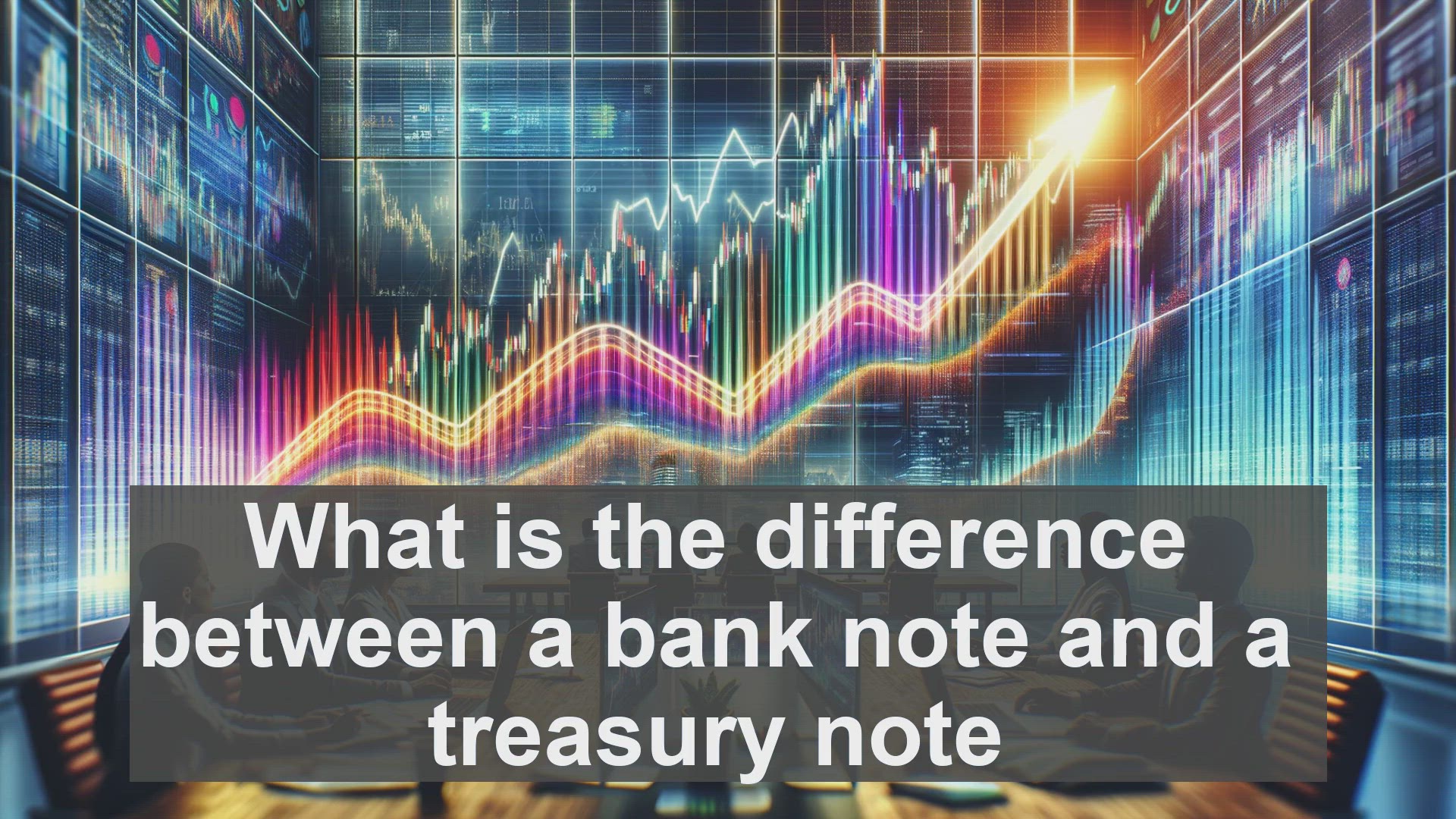
What is the difference between a bank note and a treasury note?
What is the difference between a bank note and a treasury note Introduction: The Foundations of Modern Finance Hello everyone, and welcome to our video on the difference between bank notes and treasury notes. To truly understand these two financial inst
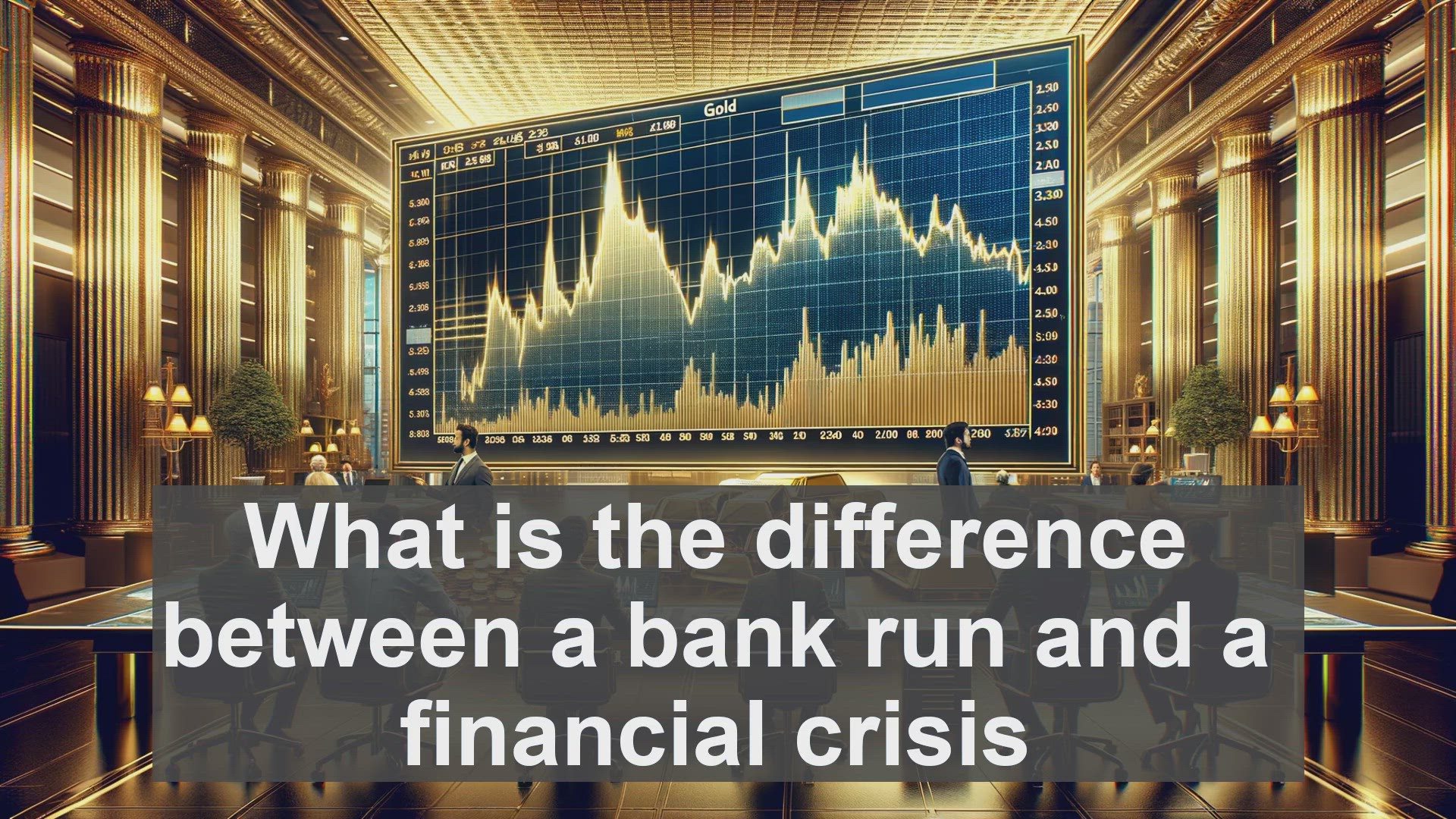
What is the difference between a bank run and a financial crisis?
What is the difference between a bank run and a financial crisis Introduction: The Unpredictable Nature of Financial Markets Hello everyone, and welcome to today's discussion on the intricate differences between a bank run and a financial crisis. Financ

What is the difference between a bankers acceptance and a commercial bill?
What is the difference between a banker's acceptance and a commercial bill Introduction: The World of Financial Instruments Hello everyone, and welcome to our discussion on the difference between a banker's acceptance and a commercial bill. In the realm

What is the difference between a banknote and a promissory note?
What is the difference between a banknote and a promissory note Introduction: The World of Monetary Instruments Greetings, fellow learners! In the vast landscape of monetary instruments, two terms often surface: banknotes and promissory notes. While bo

What is the difference between a banks liquidity and its solvency?
What is the difference between a bank's liquidity and its solvency Introduction: The Essence of Stability Hello everyone! In the realm of banking, stability is paramount. It ensures that financial institutions can fulfill their obligations and maintain
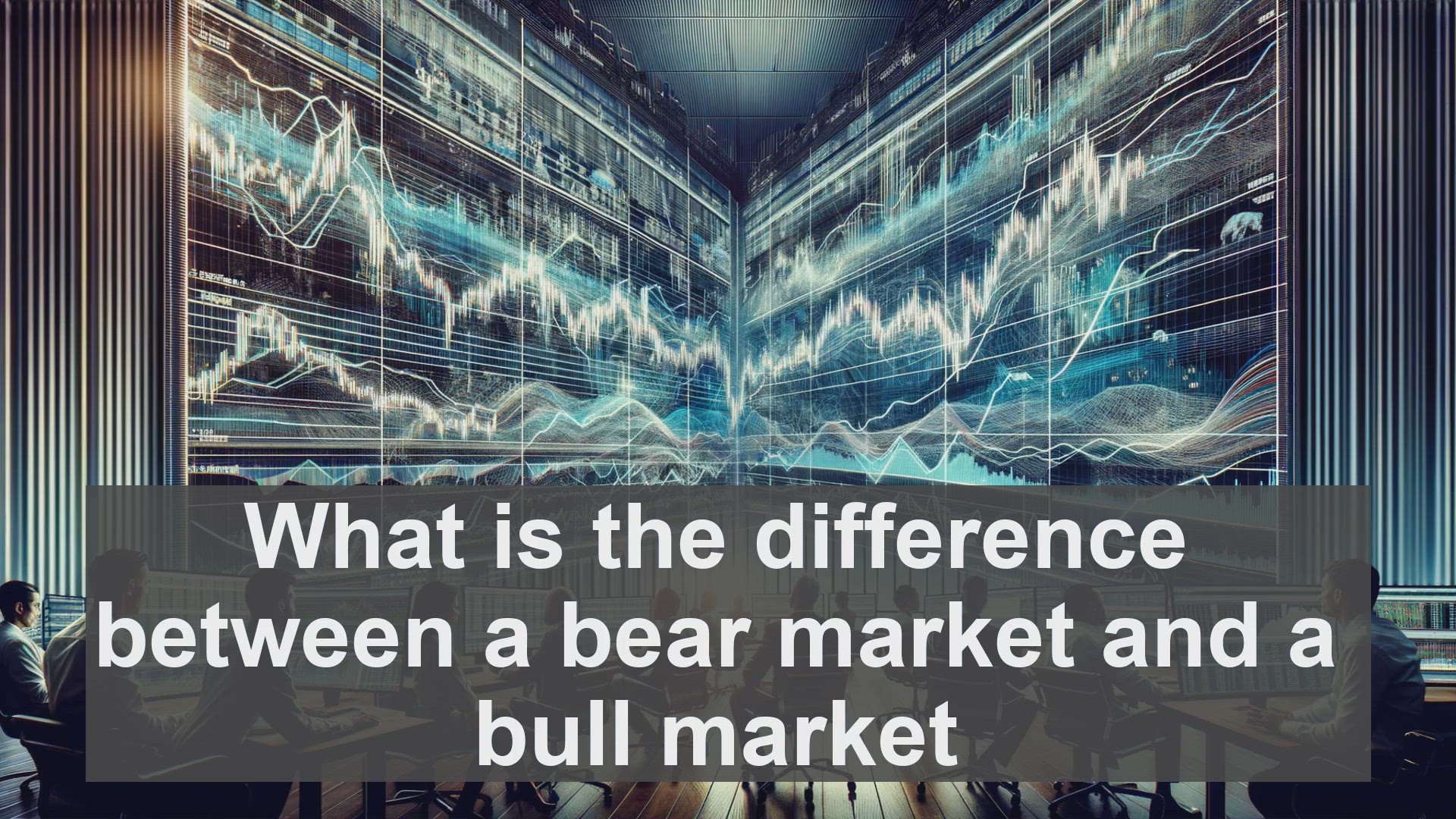
What is the difference between a bear market and a bull market?
What is the difference between a bear market and a bull market Introduction: Setting the Stage Hello everyone, and welcome back to our finance series. Today, we're diving into the fascinating world of market dynamics. You may have heard the terms 'bear

What is the difference between a bear market rally and a bull market?
What is the difference between a bear market rally and a bull market Introduction: The Dynamic Nature of Financial Markets Hello everyone, and welcome to our video on the intriguing world of financial markets. One of the most fascinating aspects of thes

What is the difference between a black market and a grey market?
What is the difference between a black market and a grey market Introduction: The Intricacies of Illicit Trade Hello everyone, and welcome to our video. Today, we're going to explore the world of illicit trade, specifically focusing on the differences b

What is the difference between a bluechip stock and a penny stock?
What is the difference between a blue-chip stock and a penny stock Introduction: The Stock Market's Diverse Landscape Hello, everyone! The stock market is a vast and dynamic ecosystem, offering a multitude of investment opportunities. Today, we'll focu
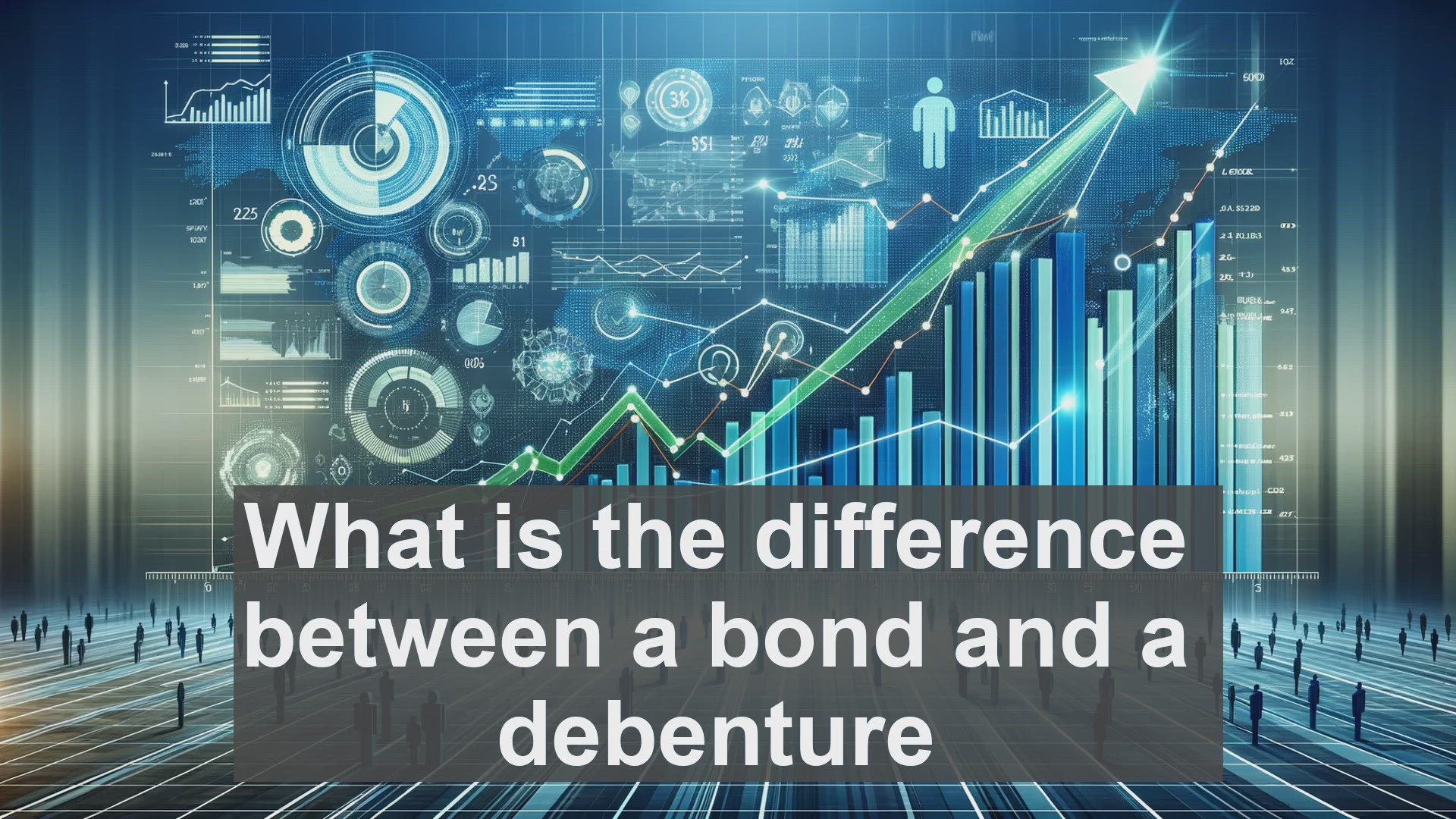
What is the difference between a bond and a debenture?
What is the difference between a bond and a debenture Introduction: The World of Financial Instruments Hello, and welcome to our video on the difference between a bond and a debenture. In the vast realm of financial instruments, these two terms often cr
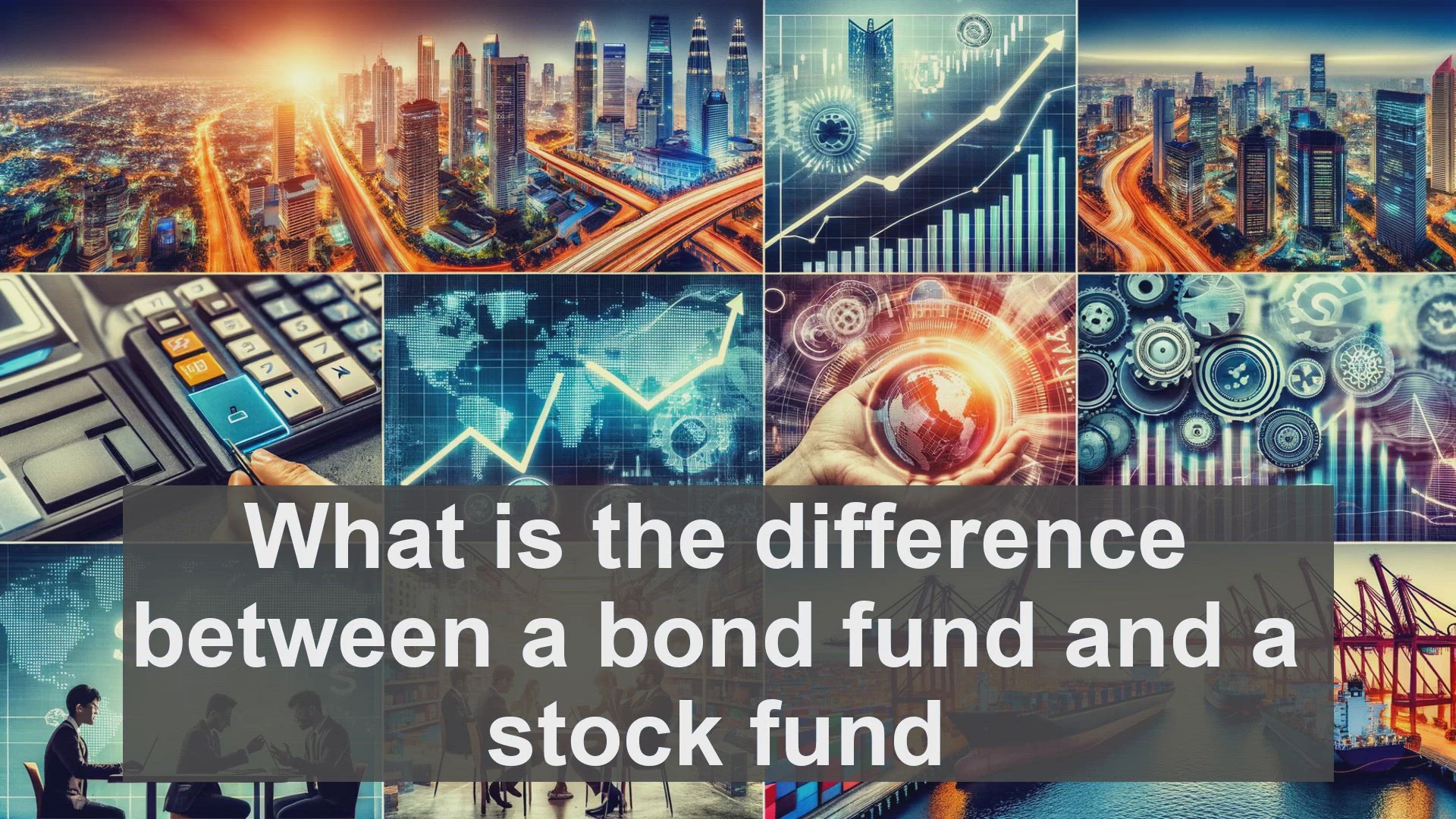
What is the difference between a bond fund and a stock fund?
What is the difference between a bond fund and a stock fund Introduction: The Diverse Investment Landscape Hello everyone, and welcome to our video on bond funds and stock funds. In the vast realm of investments, these funds play a crucial role. While
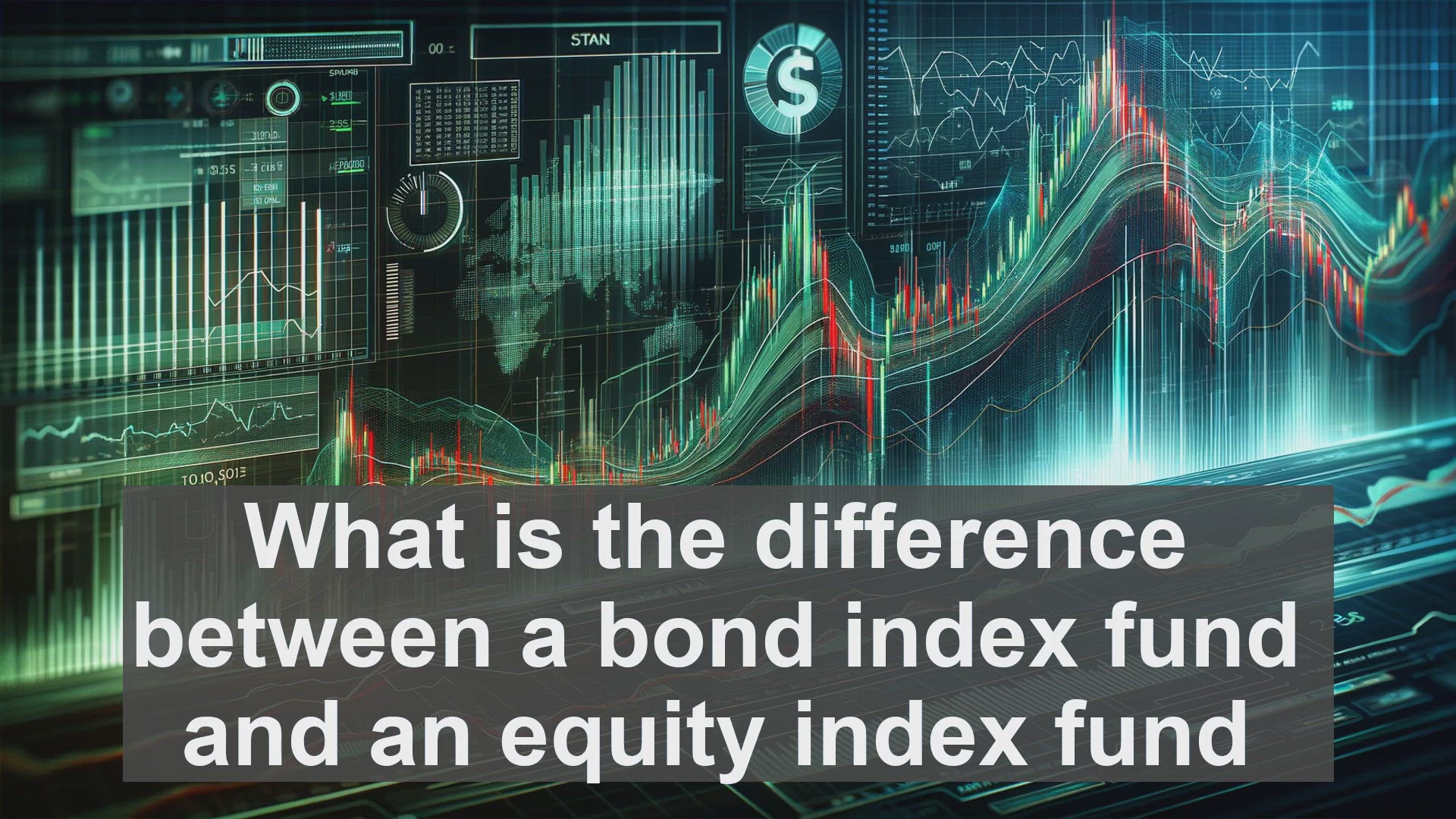
What is the difference between a bond index fund and an equity index fund?
What is the difference between a bond index fund and an equity index fund Introduction: The World of Index Funds Hello everyone! Welcome to our video on bond index funds and equity index funds. Before we dive into the differences, let's establish a com
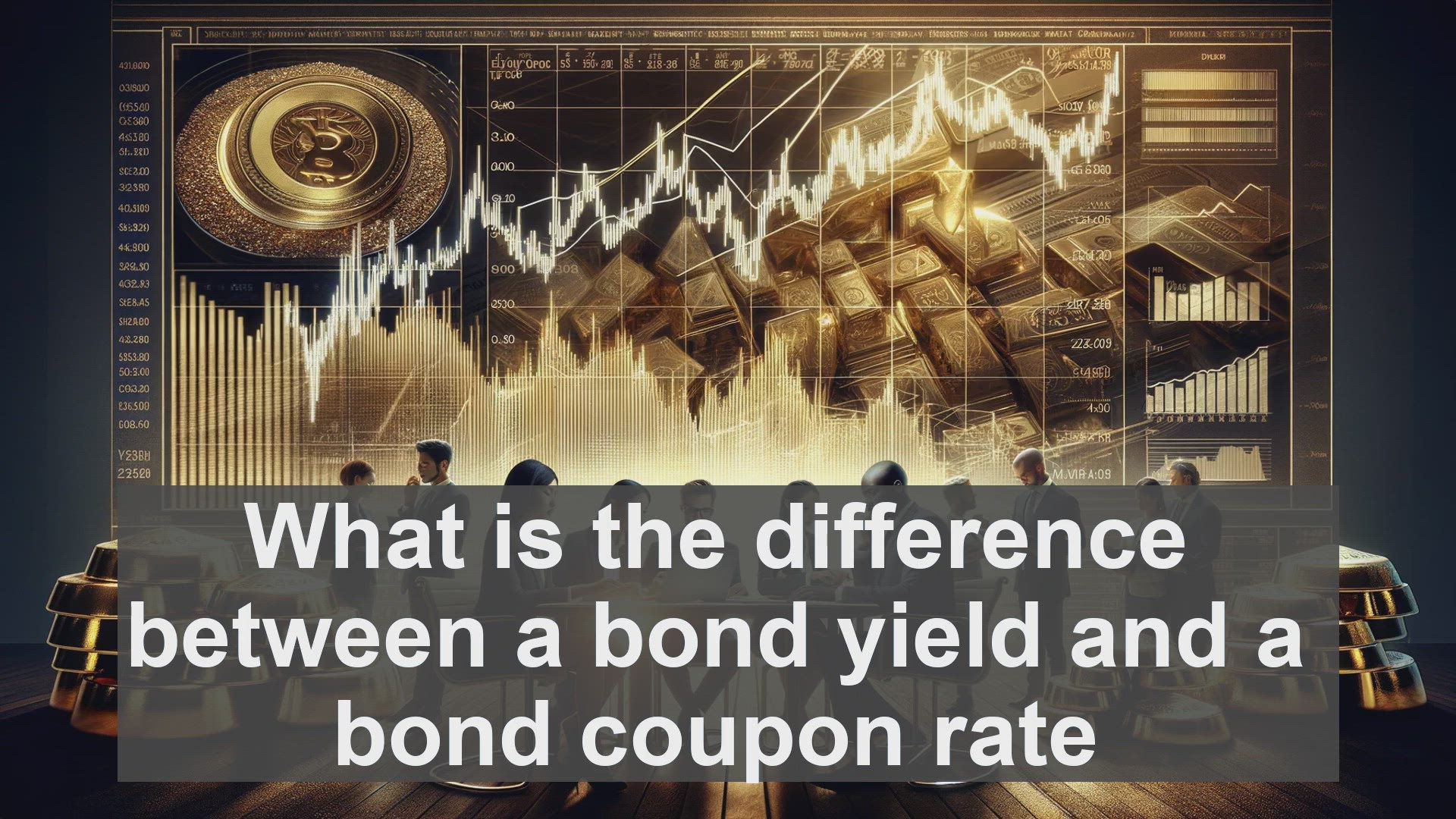
What is the difference between a bond yield and a bond coupon rate?
What is the difference between a bond yield and a bond coupon rate Introduction: The Basics of Bonds Hello, everyone! Welcome to our video on bond yield and bond coupon rate. Before we dive into the differences, let's quickly recap the basics of bonds.
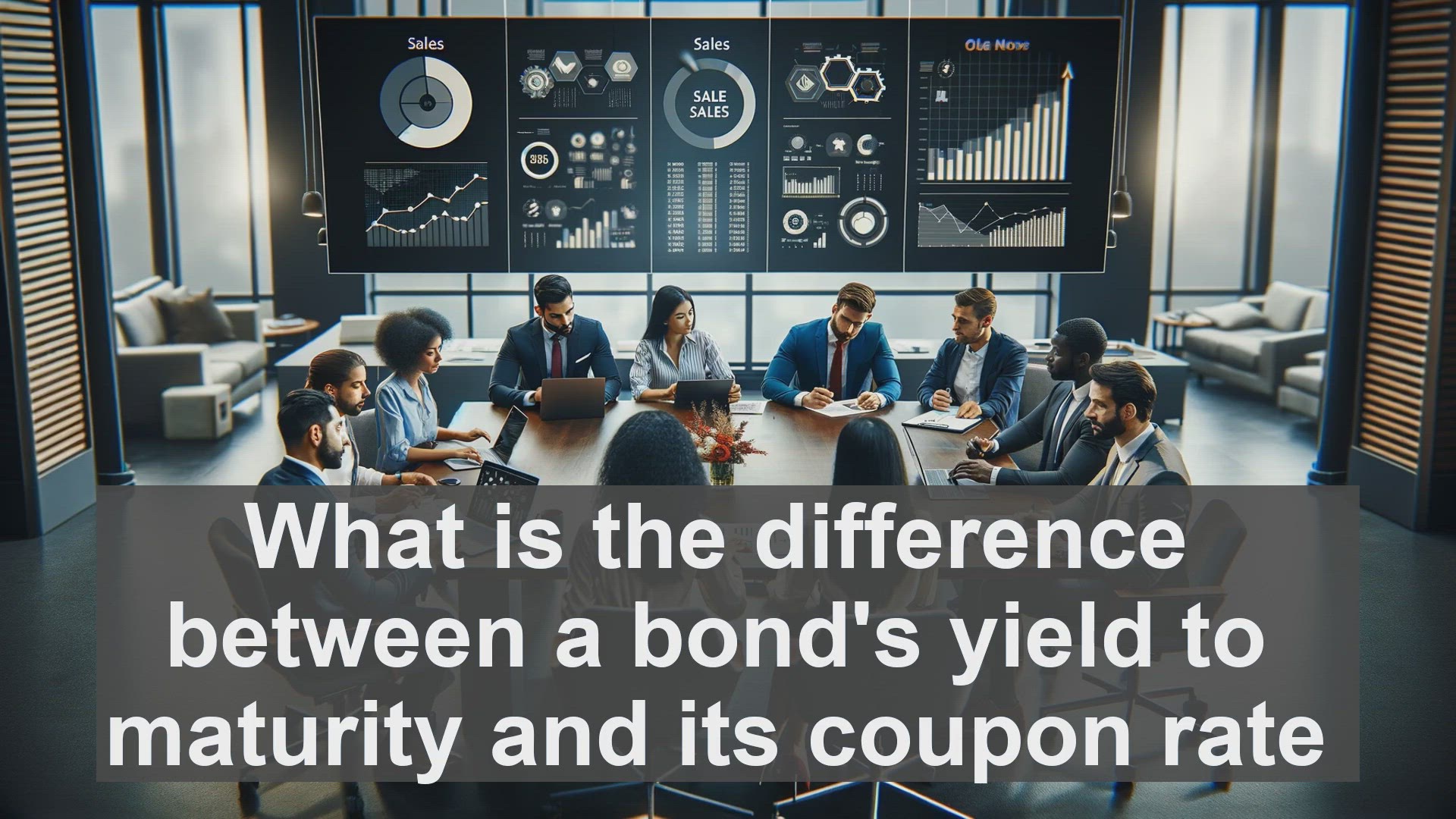
What is the difference between a bonds yield to maturity and its coupon rate?
What is the difference between a bond's yield to maturity and its coupon rate Introduction: The Bond Market and Its Metrics Hello and welcome! The bond market is a vast ecosystem, offering a range of investment opportunities. But to navigate it effecti
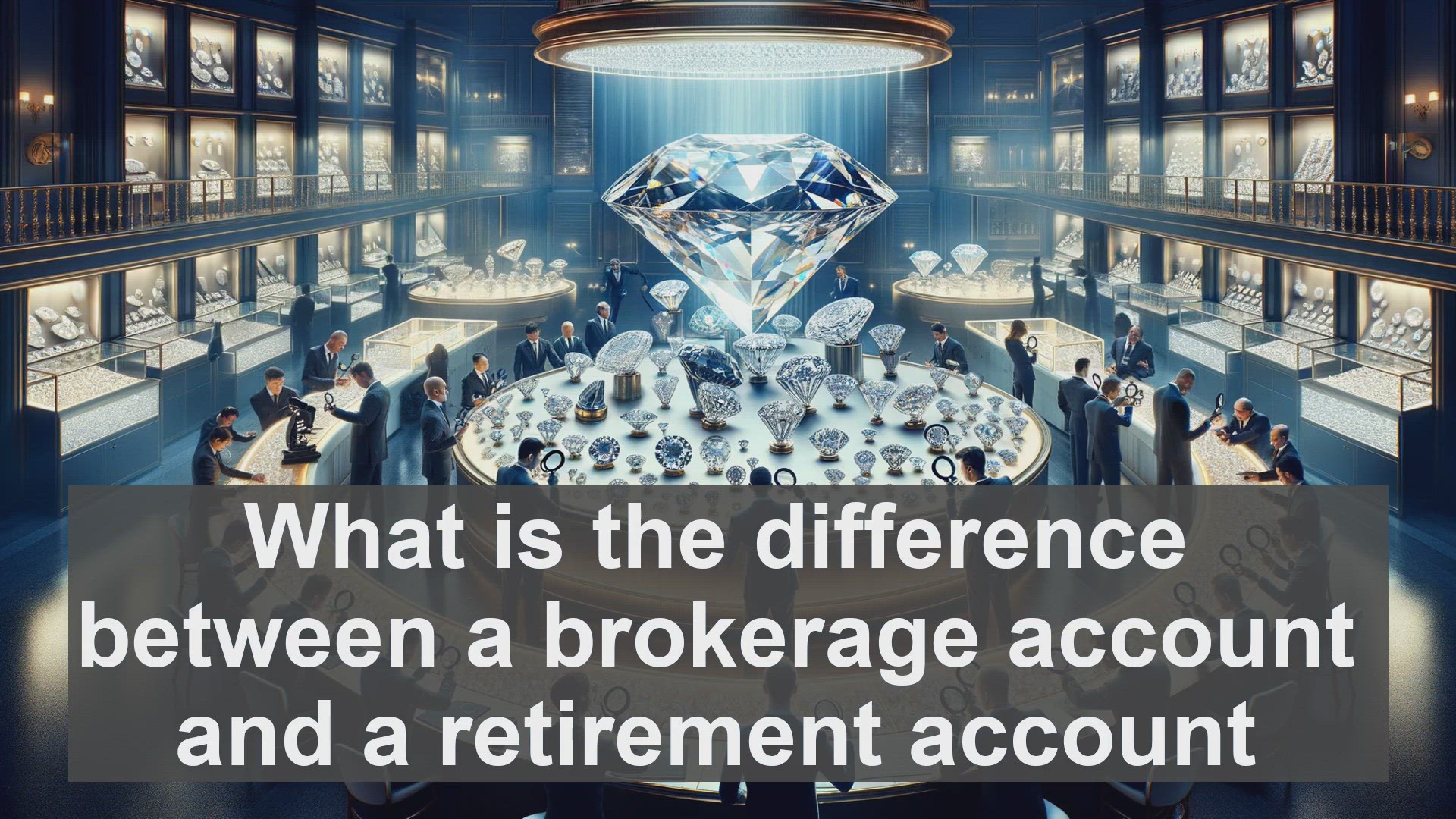
What is the difference between a brokerage account and a retirement account?
What is the difference between a brokerage account and a retirement account Introduction: The Importance of Account Selection Hello and welcome! When it comes to investing, choosing the right account is paramount. Today, we'll focus on the differences
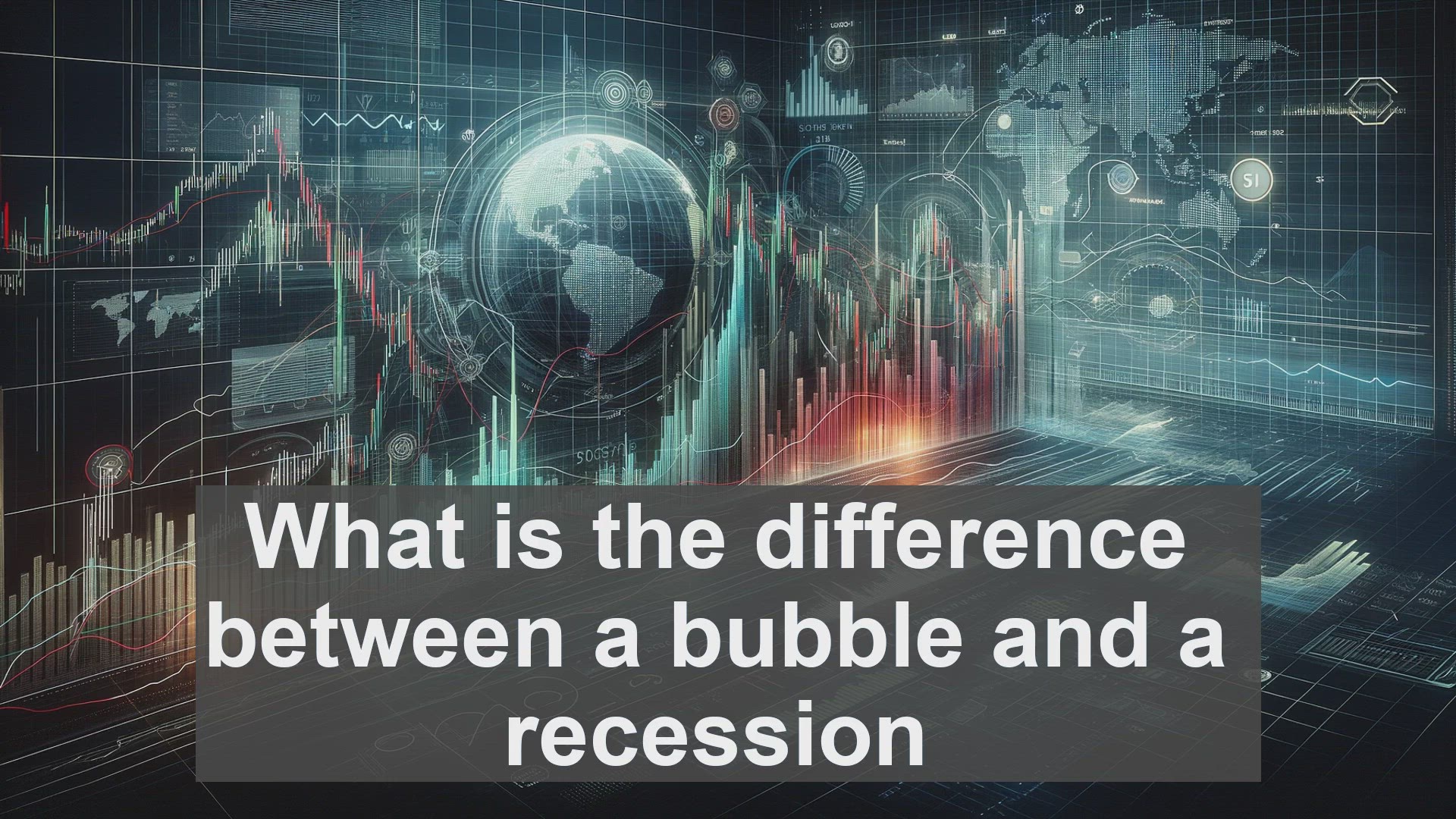
What is the difference between a bubble and a recession?
What is the difference between a bubble and a recession Introduction: The Ebb and Flow of Economies Hello, and welcome to our video on the intriguing world of economic cycles. Today, we'll be focusing on two significant events that shape these cycles: b
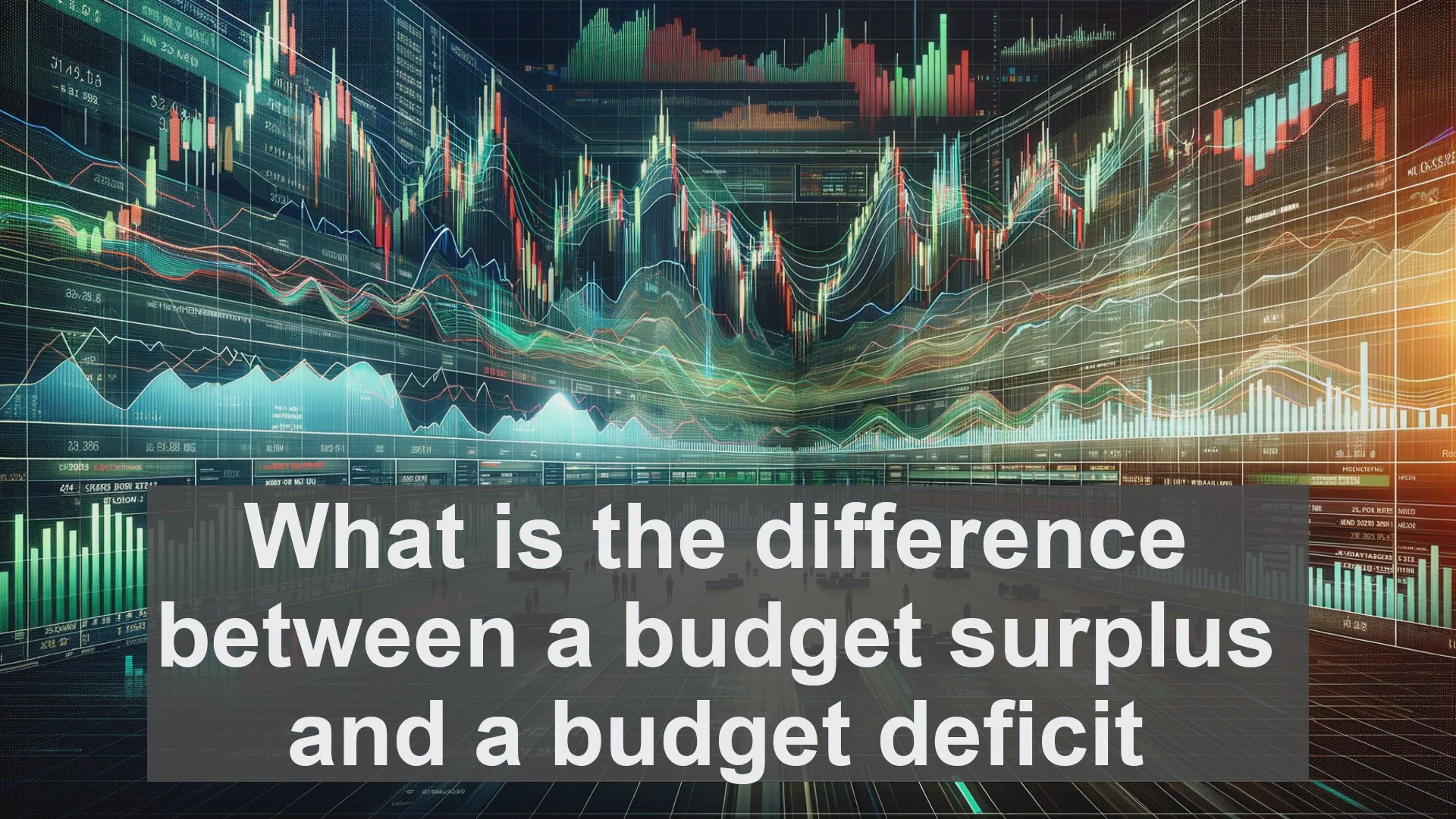
What is the difference between a budget surplus and a budget deficit
What is the difference between a budget surplus and a budget deficit Introduction: The Basics of Government Budgeting Hello everyone! Today, we delve into the world of government finances, specifically focusing on two crucial concepts - budget surplus a

What is the difference between a bull market and a bear market?
What is the difference between a bull market and a bear market Introduction: The Dynamic World of the Stock Market Hello everyone, and welcome to our video. The stock market is a dynamic and ever-changing landscape, with its ups and downs. Two terms th

What is the difference between a callable bond and a puttable bond?
What is the difference between a callable bond and a puttable bond Introduction: The World of Bonds Hello everyone, and welcome to our video on callable and puttable bonds. Bonds are a popular investment instrument known for their fixed income and relat
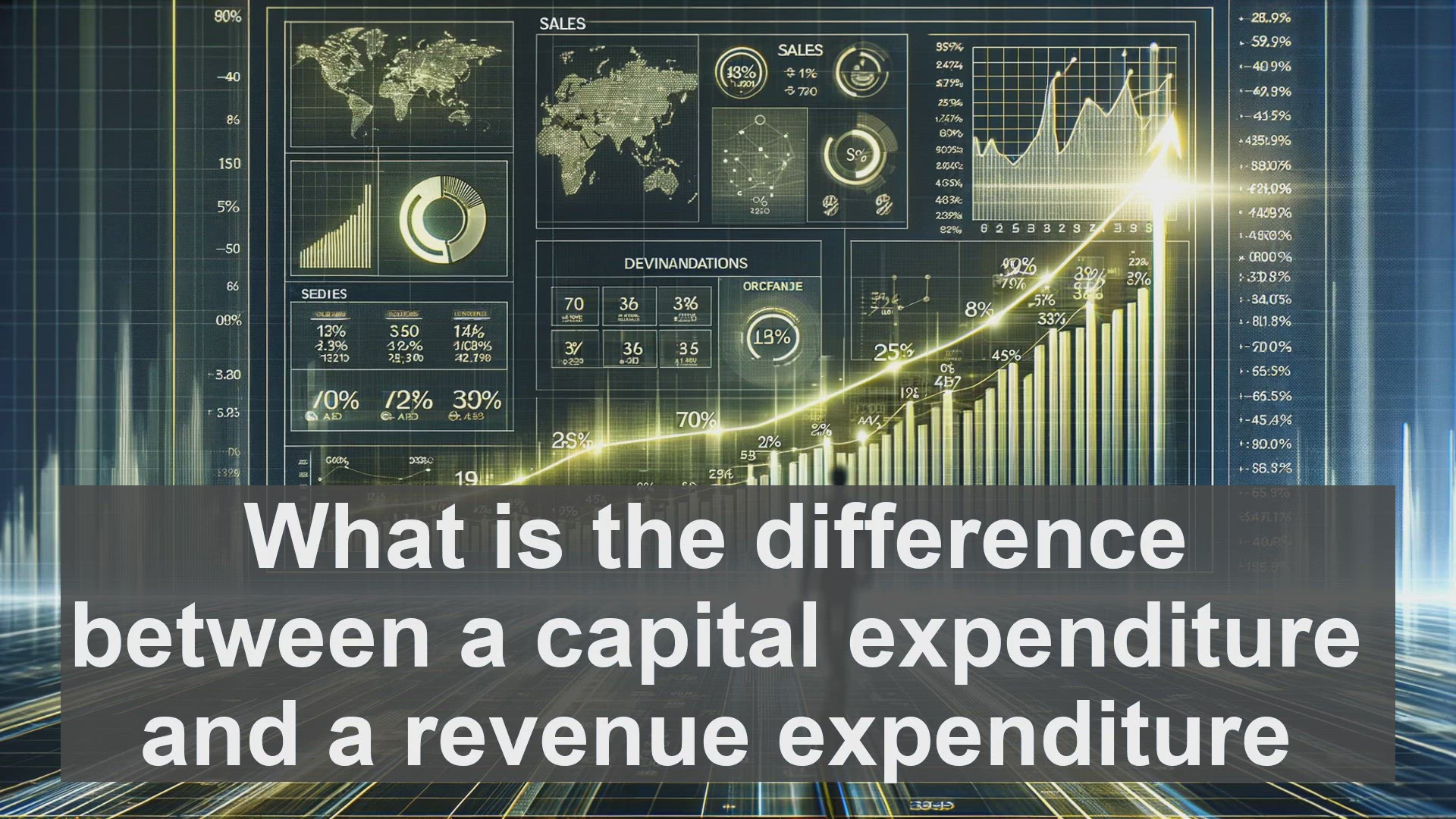
What is the difference between a capital expenditure and a revenue expenditure?
What is the difference between a capital expenditure and a revenue expenditure Introduction: The World of Business Expenses Hello everyone! In the realm of business, expenses play a vital role. They are the costs incurred to generate revenue, maintain